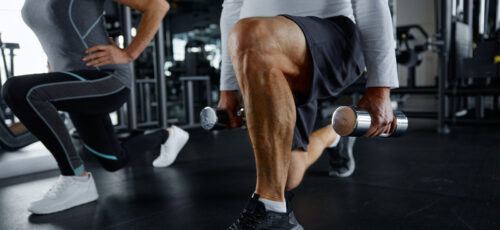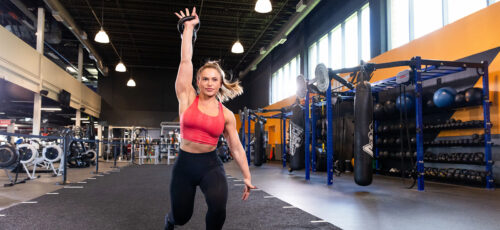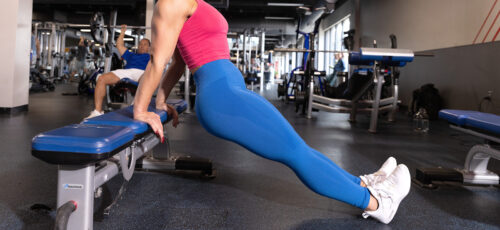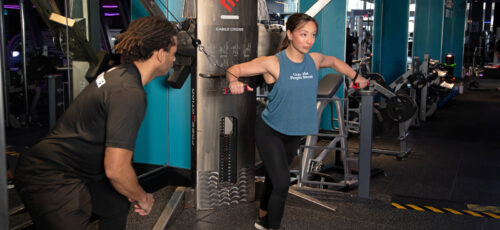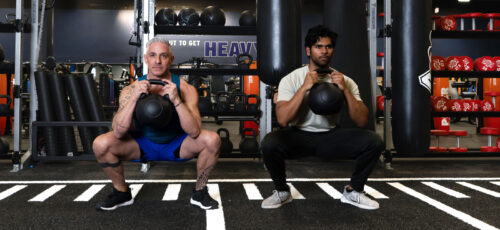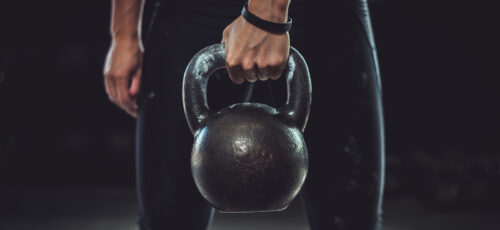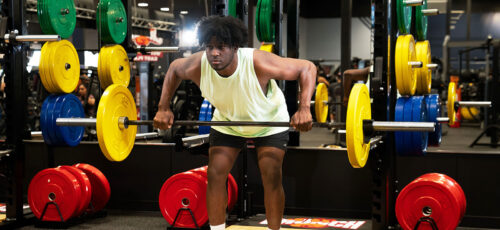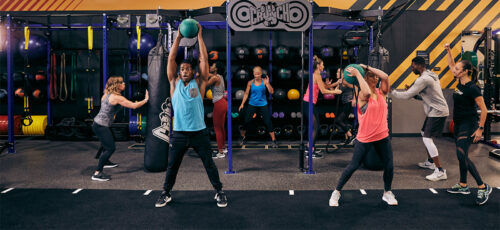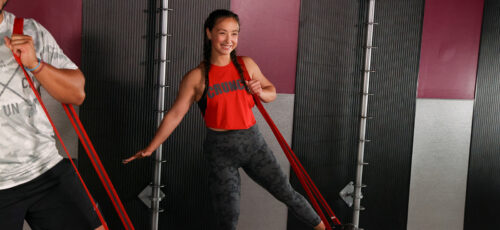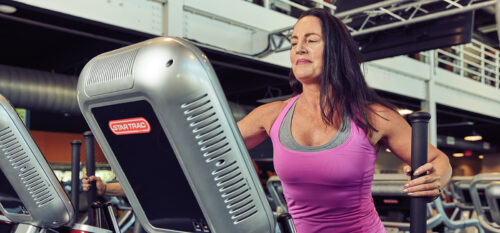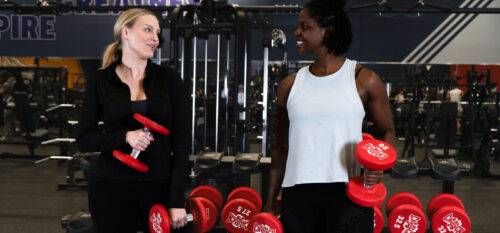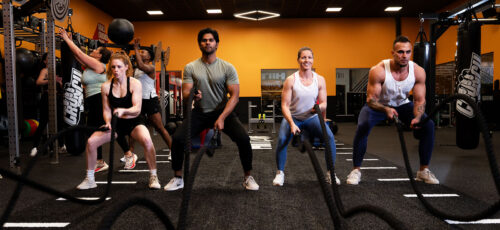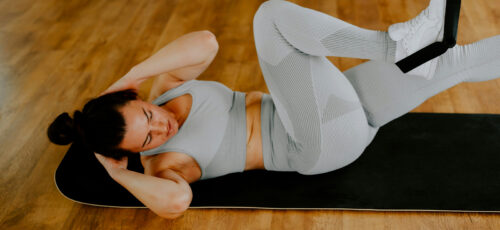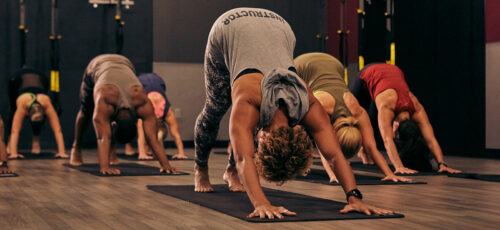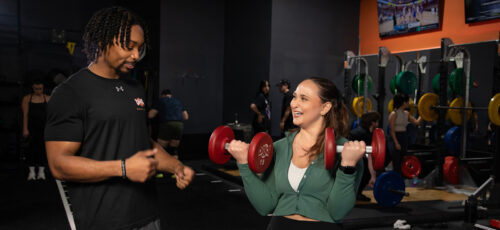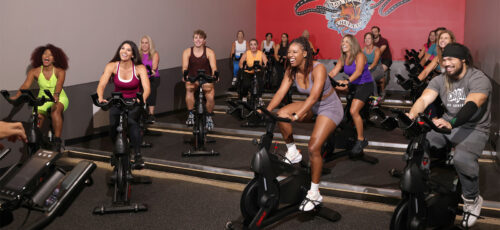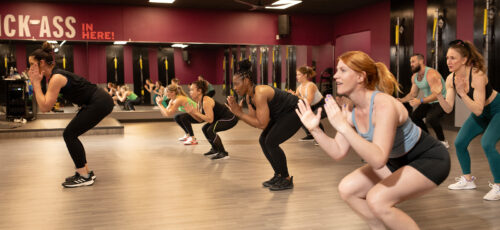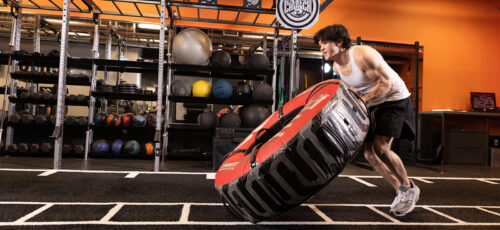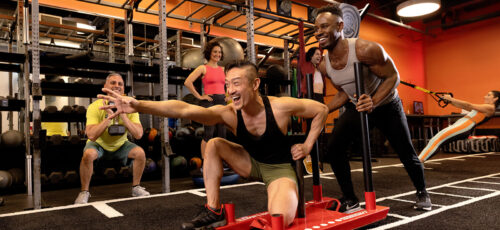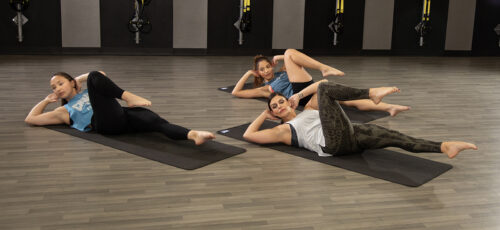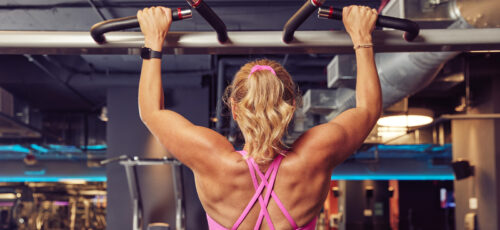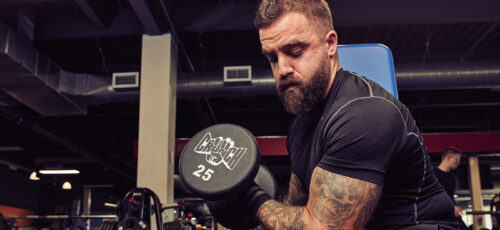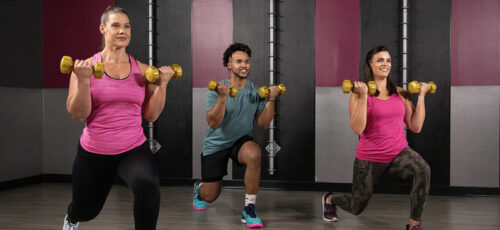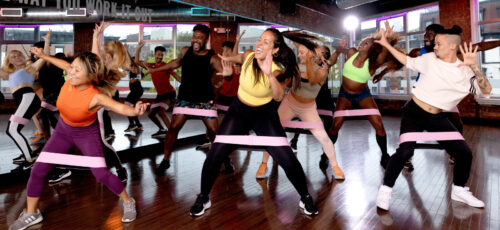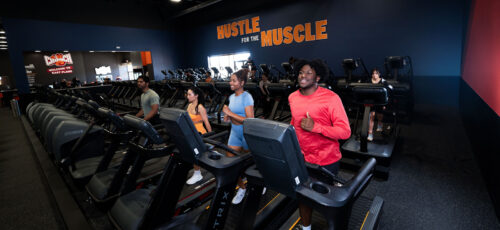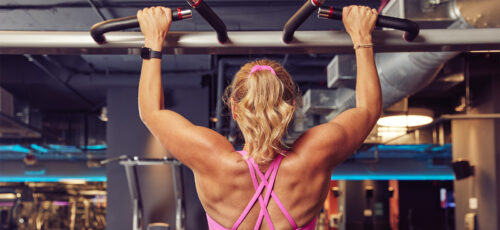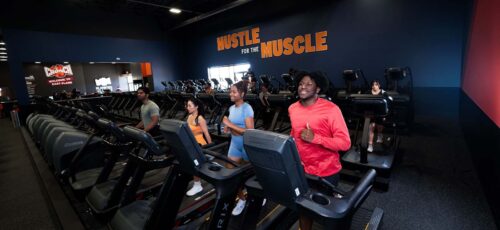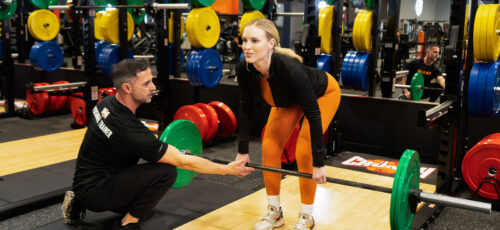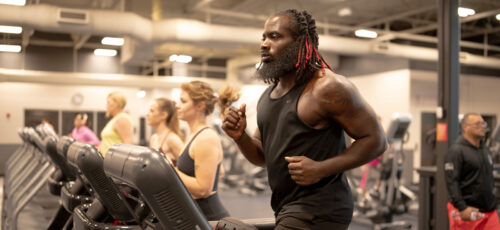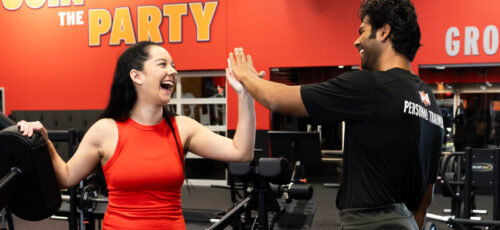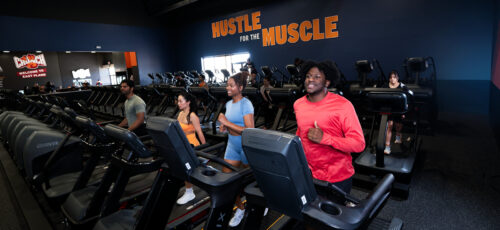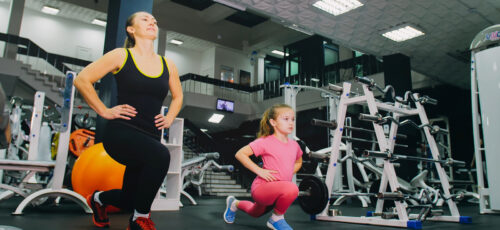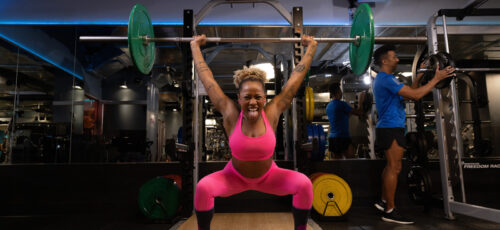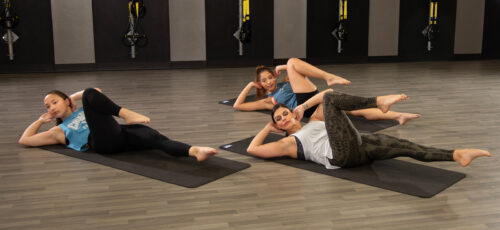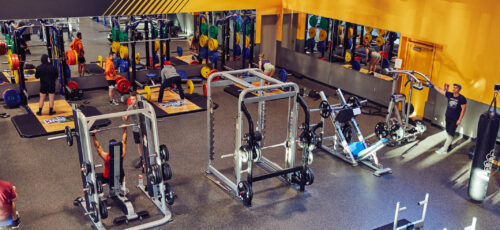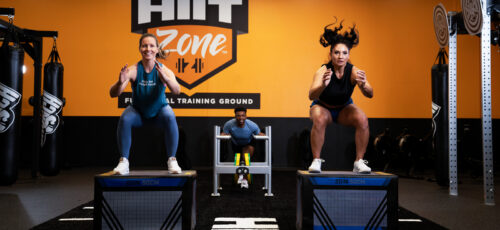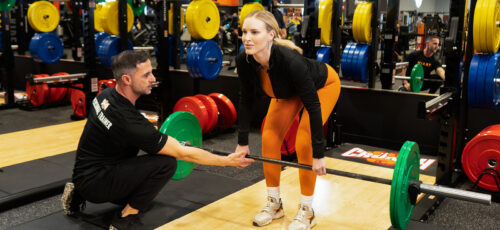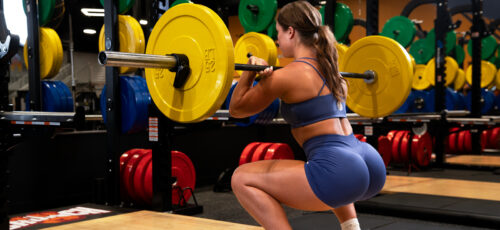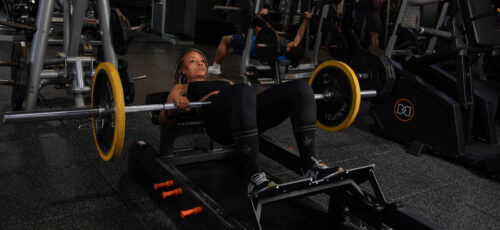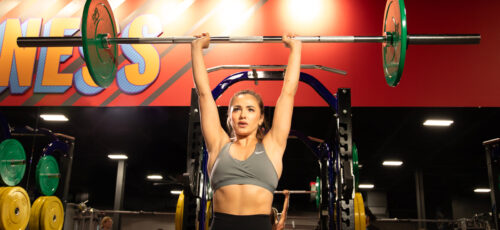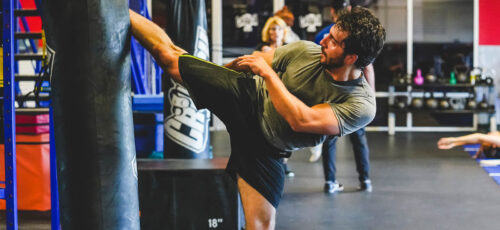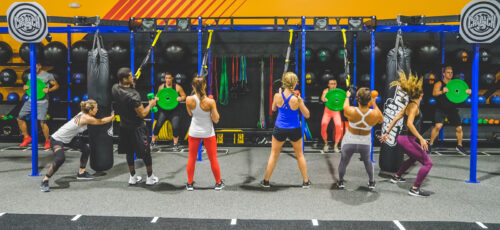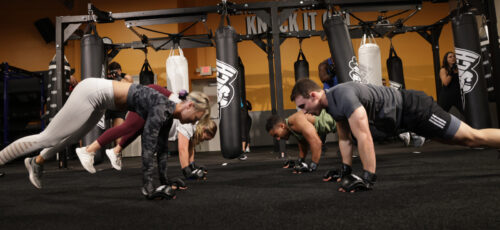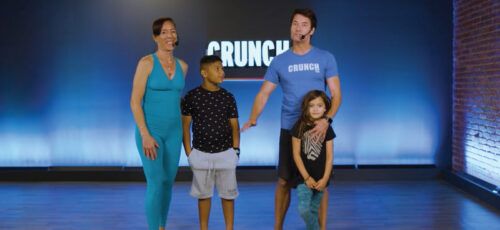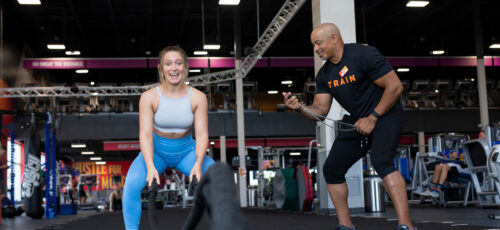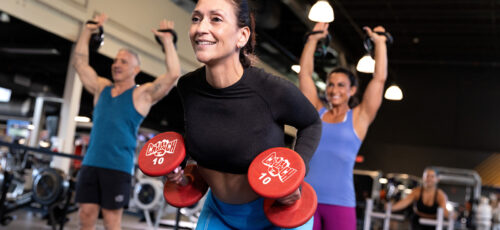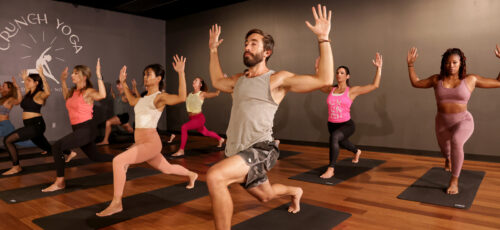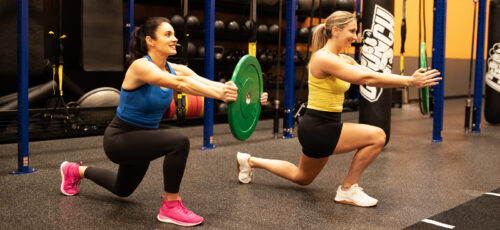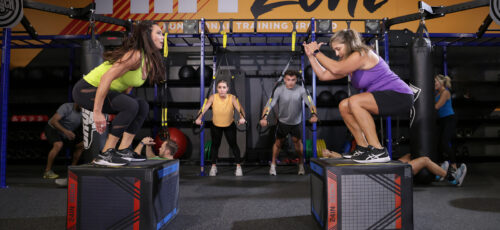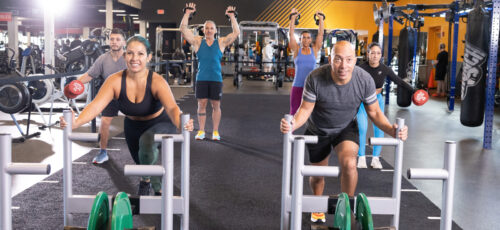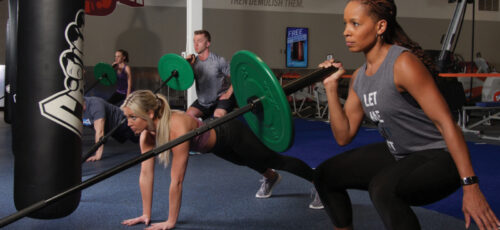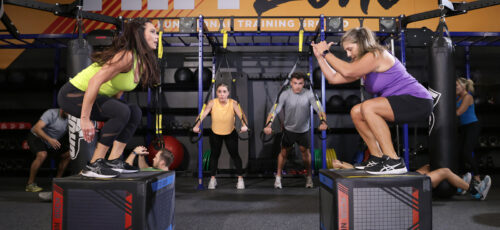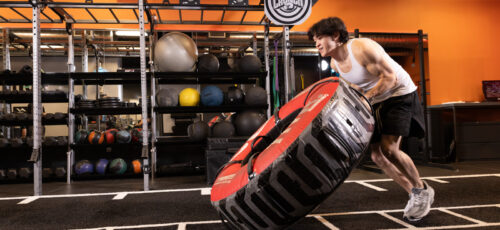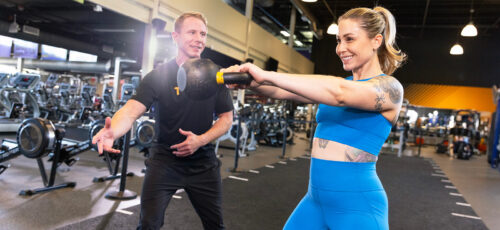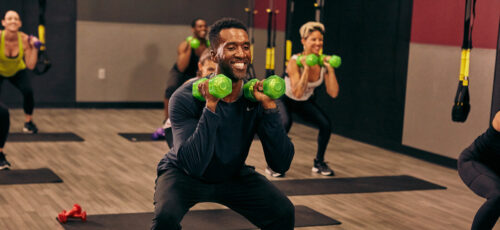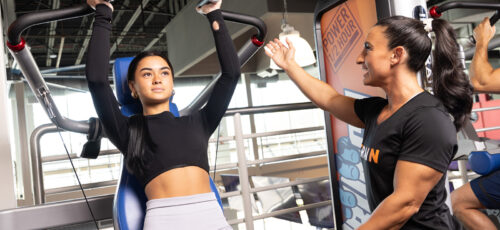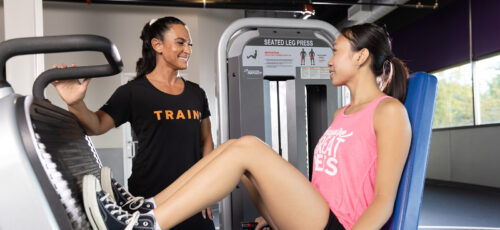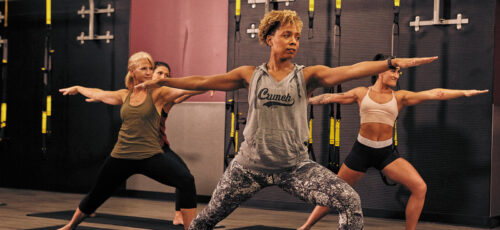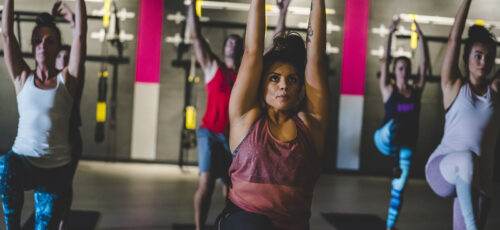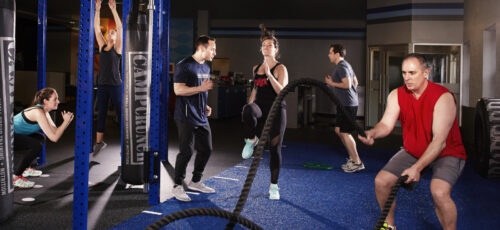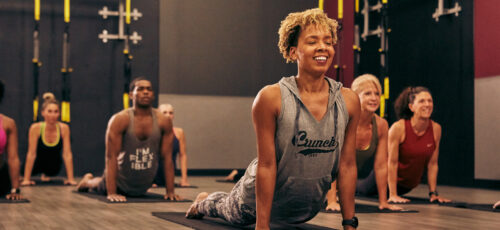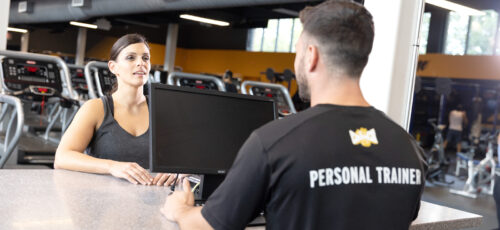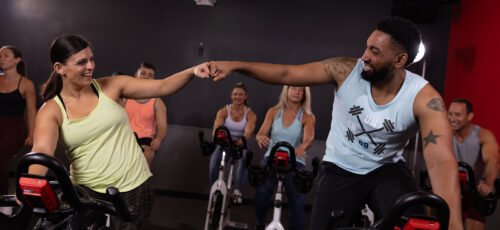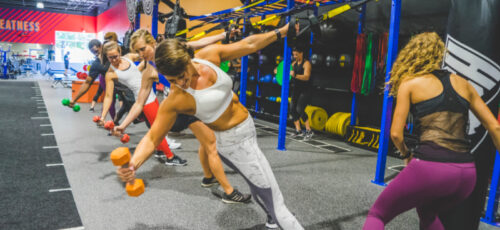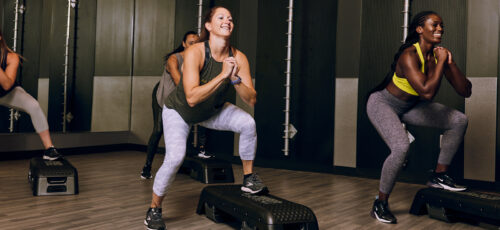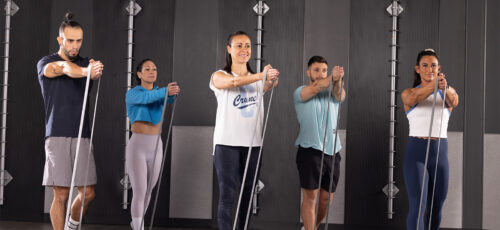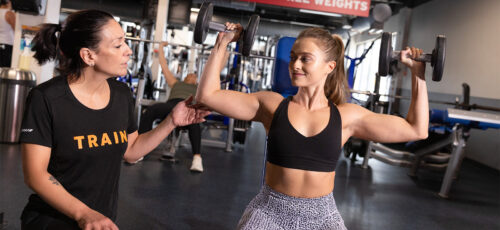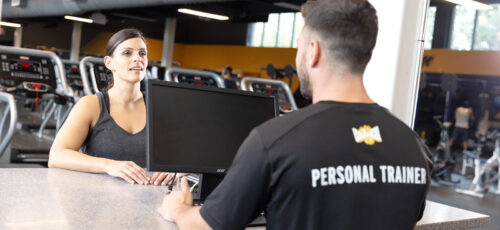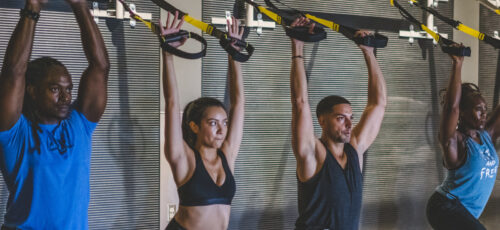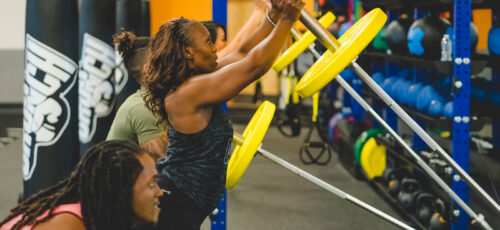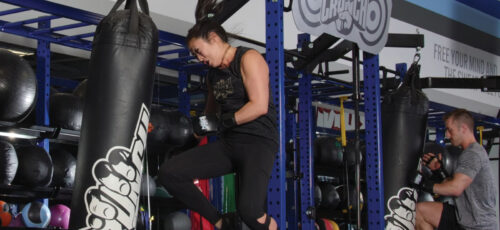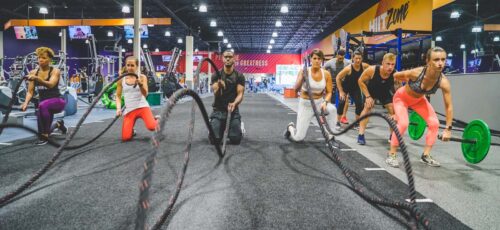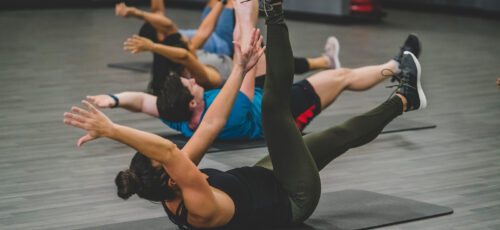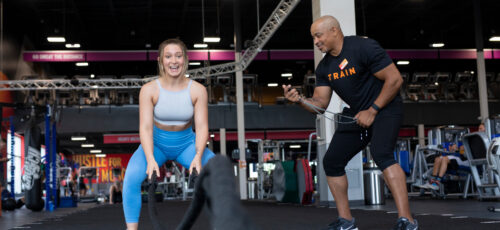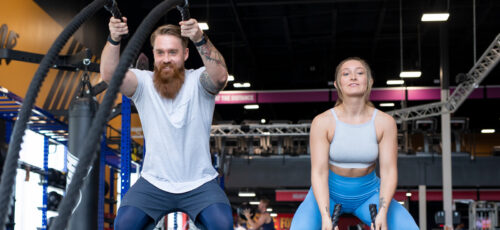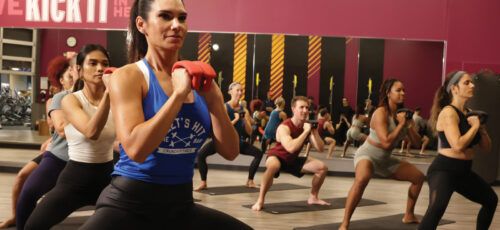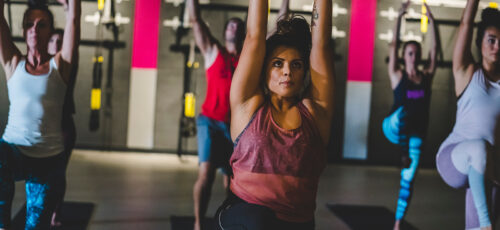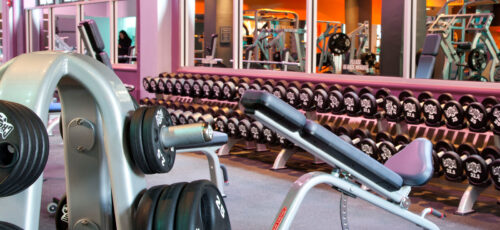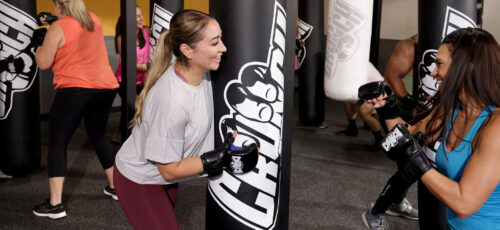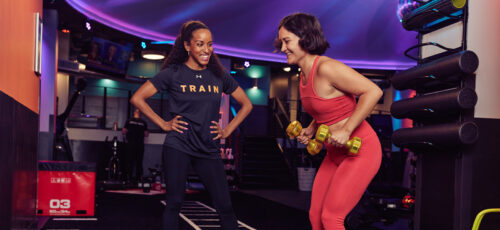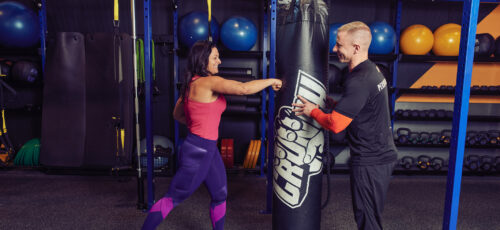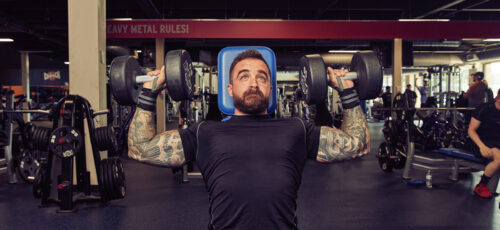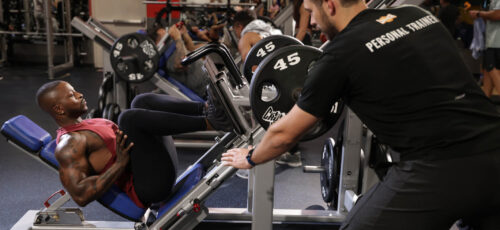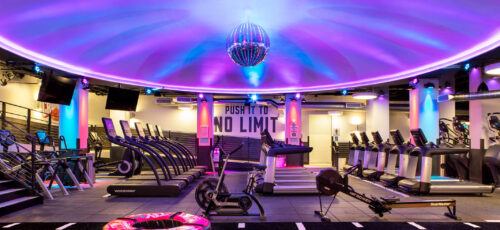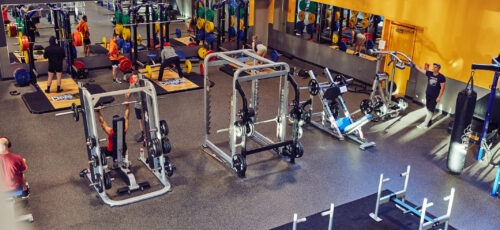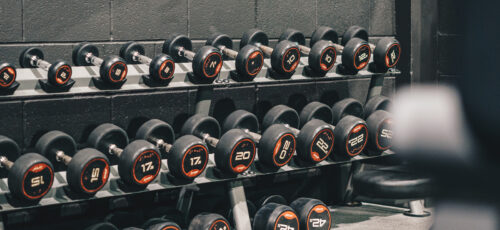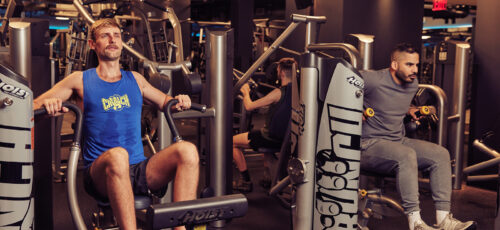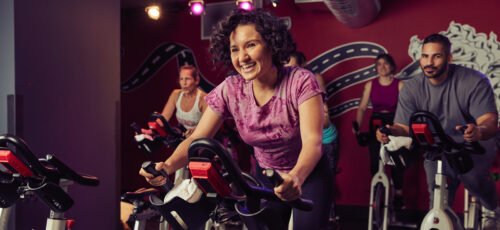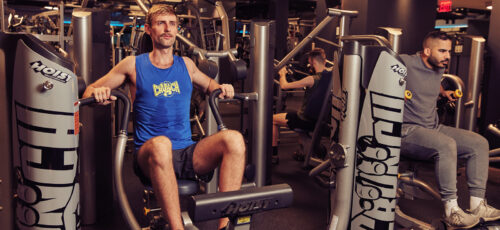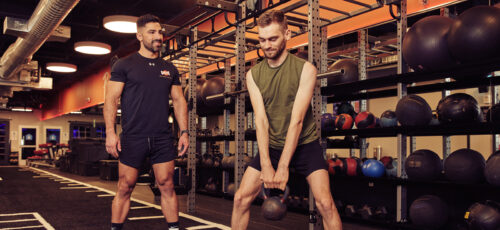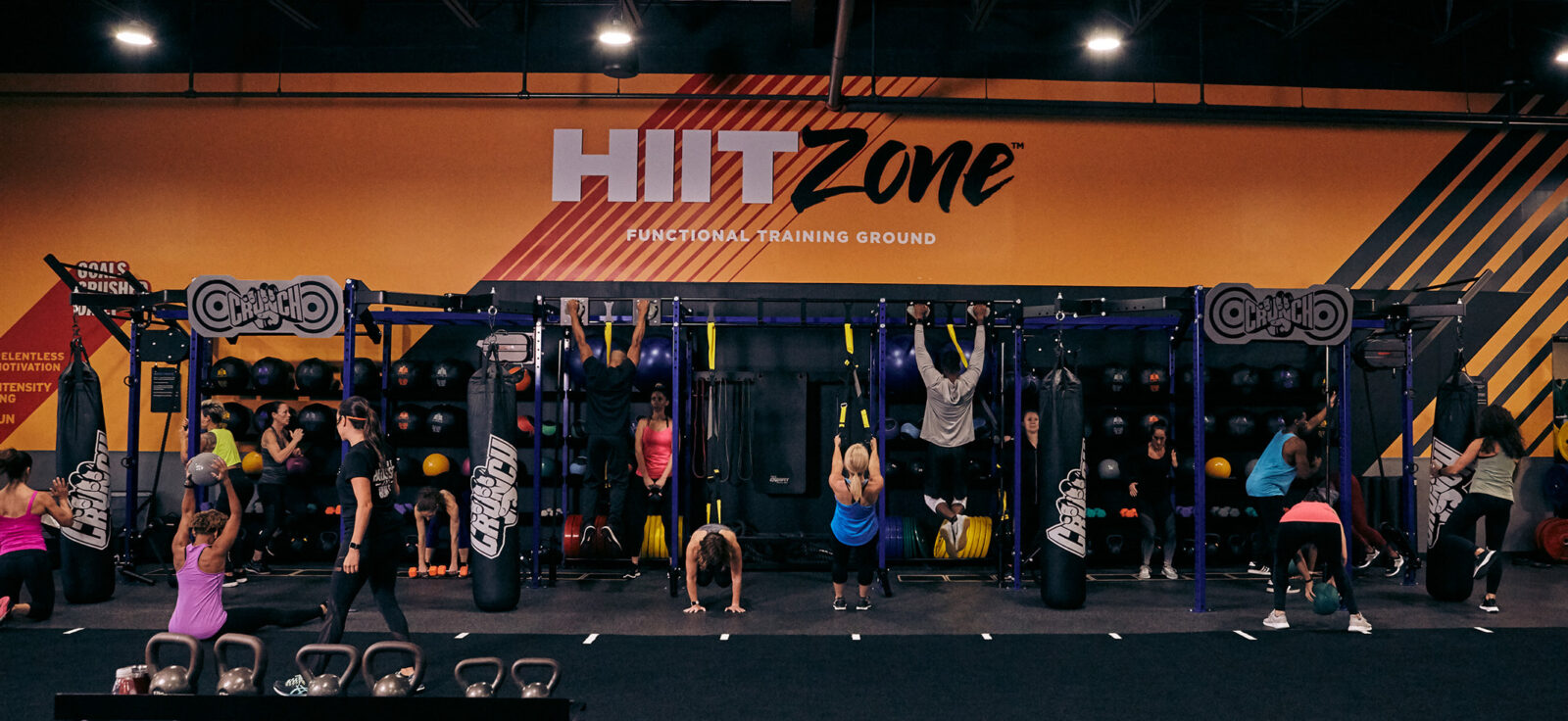
Get ready to uncover the secrets behind one of the hottest trends in fitness: HIIT, or High-Intensity Interval Training. We’ll break down HIIT into simple terms, understand how it compares to other cardio options, and discover the science that makes it so effective.
HIIT isn’t just about exercise; it’s about understanding how your body responds.
We’ll dive into the science behind improved endurance and HIIT’s impressive calorie burn. But it’s not all smooth sailing. We’ll also explore the potential downsides, like avoiding injuries and the time you need to get the hang of it. By the end of this adventure, you’ll have the knowledge and confidence to make HIIT a fun and beneficial part of your fitness routine.
Understanding the Benefits of High Intensity Interval Training
Lately, HIIT has become really popular among folks who want to stay fit. It’s known for its ability to help you burn lots of calories and improve your heart and lung health. It’s a type of workout where you go all out for a short burst and then take a quick break or do a more straightforward exercise. Unlike regular cardio workouts, HIIT pushes your body hard and does the job quickly. But what exactly is HIIT, and what are the good things about it and the things you should think about before your next workout?
In this article, we will look closely at HIIT and what makes it effective. We’ll discuss its advantages and what you should keep in mind, especially if you’re considering HIIT for your next workout. Our goal is to give you the information you need to decide if HIIT is a good fit for your fitness goals and the kinds of exercises you like.

What is HIIT Cardio Workout?
Also known as high-intensity interval training, it is designed to increase your heart rate and help you burn more calories in a shorter amount of time using bodyweight exercises. This type of cardio workout is becoming increasingly popular as people seek to improve their fitness levels, burn fat, raise their blood pressure, and exert maximal effort more efficiently.
Definition & Overview
HIIT Cardio Workout is a form of exercise that combines short bursts of high-intensity exercises with short rest periods. It may include activities such as sprints, jumping jacks, burpees, mountain climbers, and more. Generally, the high-intensity part of the workout lasts about 20-30 seconds and is followed by a rest period. This work period is repeated for a set time until the full-body HIIT workout is complete.
HIIT vs. Other Cardio Options
Kyle Meyer, a Sports Medicine fellow at Penn Medicine, shares that one is only sometimes considered better from an exercise standpoint. “The main difference between the two forms of exercise is in the time demand and the person’s preference,” he said. “Finding something that you enjoy and will continue is more important than forcing yourself to do an exercise that may have slightly different benefits.”
HIIT workouts are an efficient way to get a good workout in a short amount of time. It can also help you burn more calories, increasing weight loss in a shorter amount of time than with traditional cardio exercise, such as running or biking.
Additionally, it can help you improve your cardiovascular fitness and help you reach your fitness goals faster. However, it is essential to note that these workouts can be very intense, so it is critical to consult a doctor before starting a HIIT program. These workouts are not suitable for everyone, so it is essential to understand your fitness level before beginning a HIIT program.
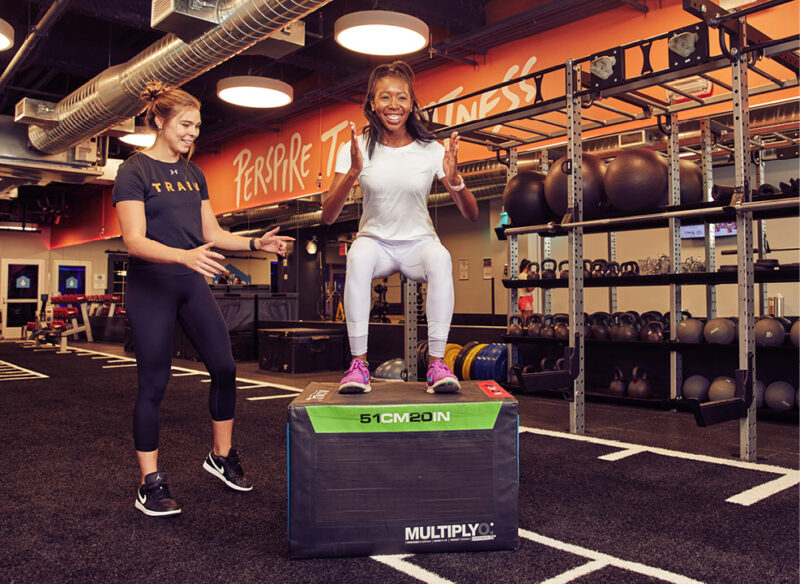
The Benefits of a HIIT Cardio Workout
A cardio HIIT training workout has many benefits, including improved cardiovascular endurance, more significant calorie burn, and increased metabolism. Additionally, HIIT workouts are time-efficient, allowing for a full-body workout in a short amount of time.
Improved Cardio Endurance
A cardio HIIT workout is an excellent way to improve your cardiovascular endurance. Because the intense exercise intervals quickly elevate your heart rate and keep it elevated, your heart and lungs are forced to work harder for more extended periods, leading to improved endurance. Regular HIIT workouts, especially those involving jumping jacks, mountain climbers, and other bodyweight moves, can help you run faster and longer. HIIT can also help you build muscle, contributing to increased cardiovascular endurance.
Greater Calorie Burn
As mentioned, HIIT is a highly effective way to burn calories and increase oxygen intake. Since the intervals are so intense, the body is forced to work harder and burn more calories. HIIT workouts are also very time-efficient, allowing you to burn more calories in a shorter amount of time. Additionally, the elevated heart rate caused by these kinds of exercises can cause the body to burn more calories throughout the day, even when you’re not exercising.
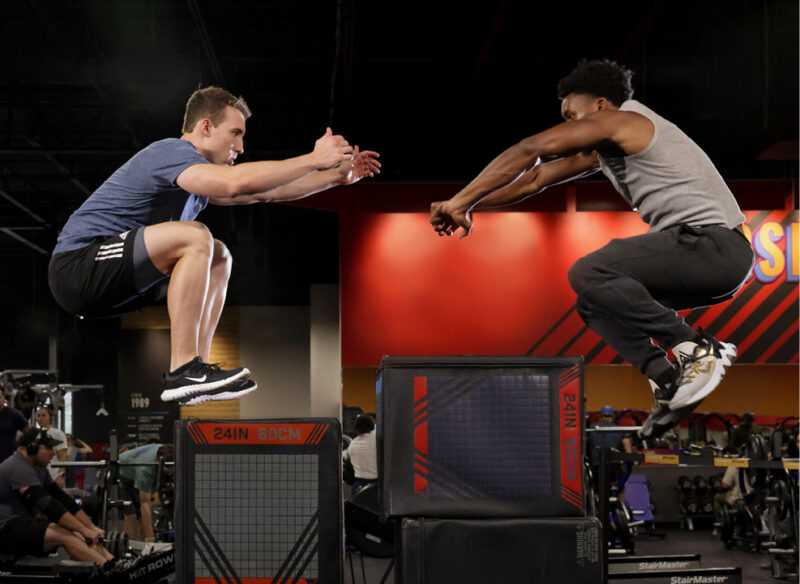
Exploring Effective HIIT Workouts: Sample Routines and Tips
High-Intensity Interval Training (HIIT) has garnered widespread attention for its remarkable fitness benefits. It’s renowned for its efficiency in burning calories, improving cardiovascular health, and boosting muscle strength. Now that we’ve covered HIIT’s basics and potential drawbacks, it’s time to dive deeper into the practical aspect of incorporating HIIT into your fitness routine.
Sample HIIT Routines
To begin, let’s explore some sample HIIT routines that cater to different fitness levels and preferences:
Beginner’s HIIT:
- Warm-up: 5 minutes of brisk walking or light jogging.
- Work: 20 seconds of bodyweight squats and 10 seconds of rest.
- Repeat the work-rest cycle for a total of 4 rounds.
- Cool down: 5 minutes of walking and stretching.
Intermediate HIIT:
- Warm-up: 5 minutes of jumping jacks or jumping rope.
- Work: 30 seconds of burpees, followed by 15 seconds of rest.
- Repeat the work-rest cycle for a total of 5 rounds.
- Cool down: 5-10 minutes of stretching exercises.
Advanced HIIT:
- Warm-up: 5-10 minutes of light cardio (jumping jacks, high knees).
- Work: 40 seconds of sprints or kettlebell swings, followed by 20 seconds of rest.
- Repeat the work-rest cycle for a total of 6 rounds.
- Cool down: 10 minutes of stretching and deep breathing.
These routines provide a framework to get you started with HIIT but feel free to adjust them to your fitness level and preferences. Remember to maintain proper form during exercises to prevent injury.
HIIT Tips for Success
Here are some essential tips to ensure you get the most out of your HIIT workouts:
Listen to Your Body: Pay attention to how your body responds to the intensity. Modifying exercises or taking longer rest intervals if needed is okay, especially when starting.
Progress Gradually: If you’re new to HIIT, start with beginner-level workouts and gradually increase intensity and duration as your fitness improves.
Include Variety: Keep your workouts exciting by incorporating a variety of exercises. This prevents boredom and targets different muscle groups.
Proper Nutrition: Fuel your body with a balanced diet that includes carbohydrates, proteins, and healthy fats to support your energy needs for HIIT.
Rest and Recovery: Allow your body time to recover between HIIT sessions. Overtraining can lead to burnout and an increased risk of injury.
Consult a Professional: If you have any underlying health concerns or are new to exercise, consult a fitness professional or healthcare provider before starting a HIIT program.
With these sample routines and tips in hand, you’re better equipped to embark on your HIIT journey. The key is to find the right balance between intensity and safety, ensuring that your HIIT workouts become an enjoyable and sustainable part of your fitness routine.
The Potential Drawbacks of HIIT Cardio Workouts
One of the most significant potential drawbacks is that HIIT is a strenuous activity that can be hard on the body. The intense nature of the workouts can put a lot of strain on the joints and muscles, resulting in soreness and fatigue. Listening to your body and taking breaks is essential to avoid overtraining and injury.
Another potential drawback is that HIIT workouts can be too intense for some people, particularly those who are new to exercise. If someone is not used to intense physical activity, HIIT can be too challenging and risky. It’s essential to build up to HIIT slowly, starting with lower-intensity exercise, such as walking or jogging.
A High Risk of Injury
HIIT exercise puts much strain on the body, so being aware of the potential risks is essential. High-intensity workouts can put a lot of pressure on the muscles, joints, and ligaments, and if done incorrectly, they can lead to serious injury. In fact, a Rutgers study found that “people who engage in high-intensity interval training are at greater risk for injury, especially in the knees and shoulders.”
Practicing proper form and technique is essential to reduce the risk of injury. This means using good posture and proper body mechanics during the exercises.
It’s also essential to warm up and cool down, as this will help prepare the body for the workout and help it recover afterward. It’s also important to listen to your body. If you feel any pain or discomfort, stop the workout and take a break. Pushing yourself too hard can lead to serious injury, so staying aware of your body’s feelings is paramount.
An Initial Time Commitment to Proper Learn Techniques
HIIT workouts require a lot of focus and effort, and it’s essential to take the time to learn the proper techniques properly. HIIT exercises involve a lot of movements and, if done incorrectly, can cause serious injury.
Consider taking the time to watch videos or attend classes to learn the proper form and technique or enlist the help of a Crunch personal trainer. This will help ensure you perform the exercises correctly and safely, maximizing your workout.
Join Us At Crunch
Crunch promotes a culture of positivity, inclusivity, and fun with no judgments by providing an environment for all individuals regardless of their health and fitness goals. Find a Crunch gym near you to try our free trial membership, or join Crunch now. We’re here for you – at the gym or at home. Access the best live & on-demand workouts anytime, anywhere with Crunch+. Ready to get sweaty? Try hundreds of workouts for free! Start your free trial now!










